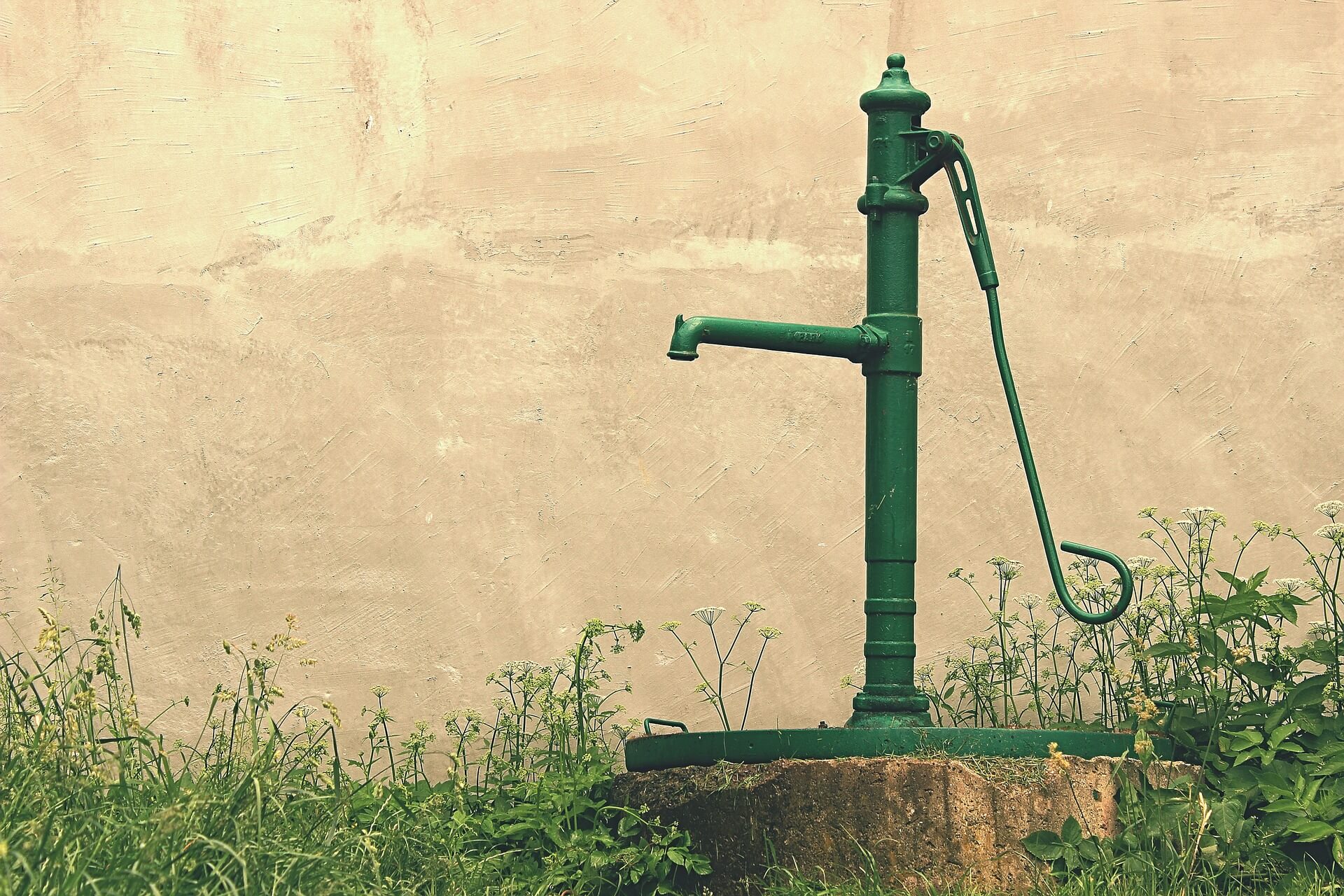
22 Jul Pumps for garden – a complete guide
Watering and irrigating plants in the garden is essential. Lawns, vegetables and flowers must be watered regularly if they are to thrive well. As a simple solution to this is possible by the tap drinking water, but with the next account one will soon notice that this is not the most favorable solution.
A garden pump delivers water for irrigation of the garden. The water comes from wells and boreholes or cisterns.
So to save drinking water, garden pumps can be used to irrigate the garden. This also makes sense for ecological reasons, because the drinking water is specially prepared for humans, but plants can also be supplied with groundwater and collected rainwater.
A modern garden pump creates a good alternative and the purchase costs can soon be saved by using the free groundwater. If the underground of the garden is not suitable for the construction of a groundwater well, rainwater can be collected in a cistern or rain barrel.
The types of garden pumps
Garden pumps are available in various performance classes.
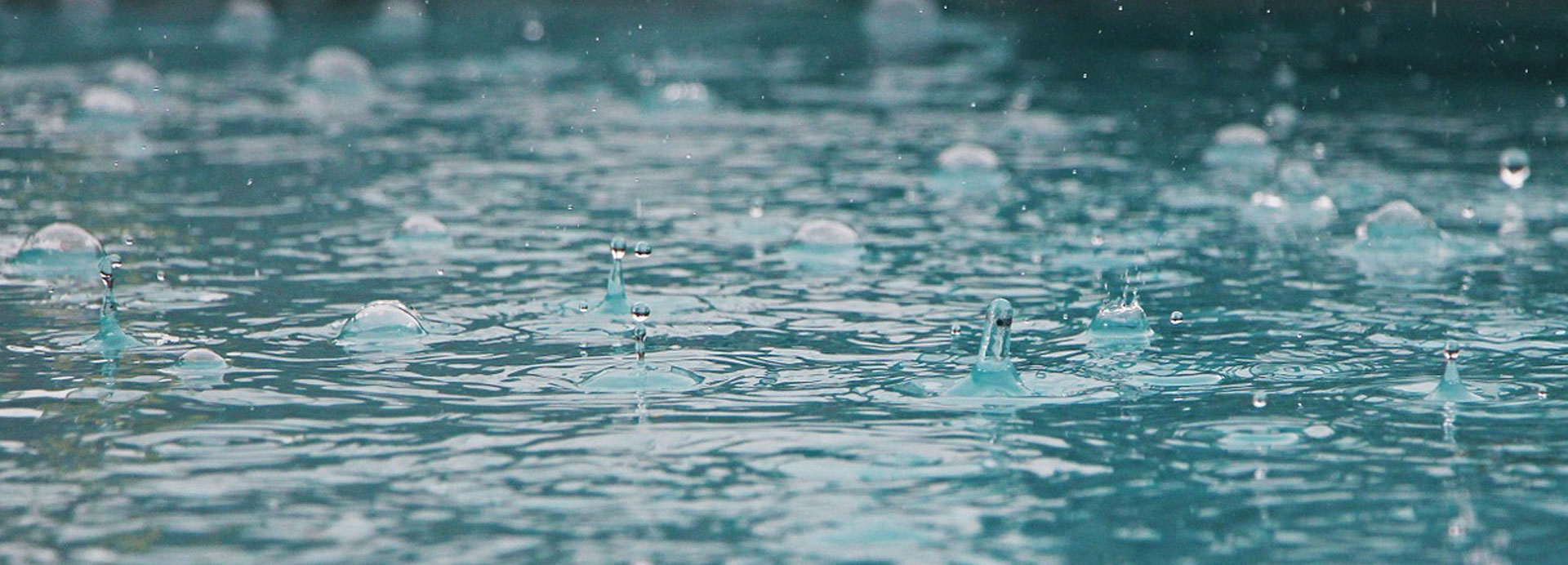
Rainwater tank pump
A rainwater tank pump is used to pump water from a rain barrel or cistern so that it can be used for garden irrigation. It can be used to operate garden showers or to fill watering cans. Here* is a list of high rated pumps.
A typical rainwater barrel pump has a stopcock at the edge of the rainwater barrel, with which you can easily regulate the water withdrawal. The hose is then simply connected directly to the intended connection or the watering can is held underneath to fill it. Thus, one no longer has to dip the watering can deep into the rain barrel and then lift the filled, heavy watering can over the edge of the barrel.
Here you will find an overview of the rainwater drum pumps available on the market and their properties. In addition there are a few tips for the selection.
What do I have to consider when choosing a rainwater tank pump?
Holding
Some rainwater drum pumps are equipped with a bracket that allows them to be attached to the rainwater barrel. Alternatively, a stable stand ensures that the pump stands securely in the rain barrel.
Dry run safe
A dry-running safety device ensures that the pump switches off when the water level is too low and is thus protected against dry-running. Some pumps are protected against dry running by the float switch.
Hose attachment
Those who want to connect their garden hose directly to the connection probably have the best choice with the Gardena pumps, as these use the Gardena connection that is usual for garden hoses. An appropriate adapter is then required for the remaining hose connections.
Additional functions of a rain barrel pump
Rain drum pumps are available with different functions:
Flow detection sensor
A sensor detects when water is being drawn and an electronic pressure switch automatically switches the pump on and off after the water has been drawn. This makes the use of the pump very comfortable and the pump is operated in an energy-saving and gentle way.
Float switch
A float switch can be used to set the pump to a certain switch-on and switch-off level. At the same time, a float switch also protects the water pump from running dry.
Filter
A dirt particle filter serves as protection against excessively large dirt particles and excessive soiling.
Various rain barrel pumps
GARDENA Comfort 4000/2 automatic
The special feature of the GARDENA Comfort 4000/2 automatic rainwater drum pump is its automatic function, with which the pump can be operated very energy-efficiently and comfortably. A sensor detects when the water is being drawn off and the pump is switched on accordingly and switched off again after the water has been drawn off. This means that the pump only runs when it is really necessary.
The well-known Gardena system is available as a hose connection, so that the garden hoses can be connected without further adapters (if they have the Gardena system).
As a protective measure, the pump has an integrated filter that prevents dirt particles that are too large, and an integrated fuse that automatically switches off the pump if the water level is too low, thus protecting it from running dry.
The power cable is usually sufficient to connect the pump to the power supply. It is attached to the rain barrel by means of a telescopic tube, which can be adjusted in height as required. The amount of water passing through is infinitely variable via a stopcock.
For transport, the telescopic tube can be attached to the water pump and used as a carrying handle. A winding is provided for the power cable so that the rainwater tank pump can be transported easily and stowed away in winter to save space.
The high-quality equipment has naturally also its price, and thus this is the most expensive rain drum pump from this overview. The performance data can be found in the overview table.
GARDENA Comfort 4000/2
Unlike the Comfort version, the GARDENA Classic 4000/2 rainwater drum pump does not have an automatic function, but is switched on and off via a float switch. This means, however, that the pump is also in operation when no water is being drawn.
This Gardena pump also uses the Gardena system as a hose connection. An integrated filter protects the pump against dirt particles that are too large, while this pump is protected against dry running by a float switch that prevents the pump from operating when the water level is too low.
The water pump can be connected to the power supply with a 10m long power cable. This rain barrel pump can also be attached to the rain barrel via a height-adjustable telescopic tube and the water quantity can be infinitely adjusted via an integrated stopcock.
The water pump is easy to transport and stow in a space-saving manner because the power cable is wound up and the telescopic tube is attached to the pump and can then be used as a carrying handle.
The price of the rainwater pump is in the middle of the range. The performance data can be found in the overview table.
Einhell RG-SP 300 RB
The Einhell RG-SP 300 RB has an infinitely variable float switch that can be used to set the pump to a specific switch-on and switch-off level.
The garden hose can be positioned individually via a gooseneck. The rain barrel holder enables a secure attachment to the rain barrel and a stopcock integrated into the gooseneck allows convenient control of the water withdrawal.
The corresponding hoses can be connected via the universal connection G 3/4 (26.4mm) ET. Those who use the Gardena system for their garden hoses need an adapter.
The water pump can extract dirt particles with a crown size of 2.5 mm, but does not have an integrated protective filter. However, the housing is made of impact-resistant plastic and is therefore very robust.
A carrying handle helps during transport. Since the pump has a cable rewind and a storage compartment for the extension tubes, the pump must be stored properly.
Einhell BG-SP 400 RB
The Einhell BG-SP 400 RB is switched on and off by a continuously adjustable float switch, which also acts as a dry-running protection. The water pump can be attached to the rain barrel via a distributor, and the integrated shut-off tap allows the water withdrawal to be regulated. A universal connection G 3/4 (26.4mm) ET serves as the hose connection.
The BG-SP 400 can also be used with the supplied pressure hose as a submersible pump for emptying containers, tanks and the like. The maximum immersion depth of 5m must be observed. A positive effect on this application is that foreign particles with a size of 3mm can be transported.
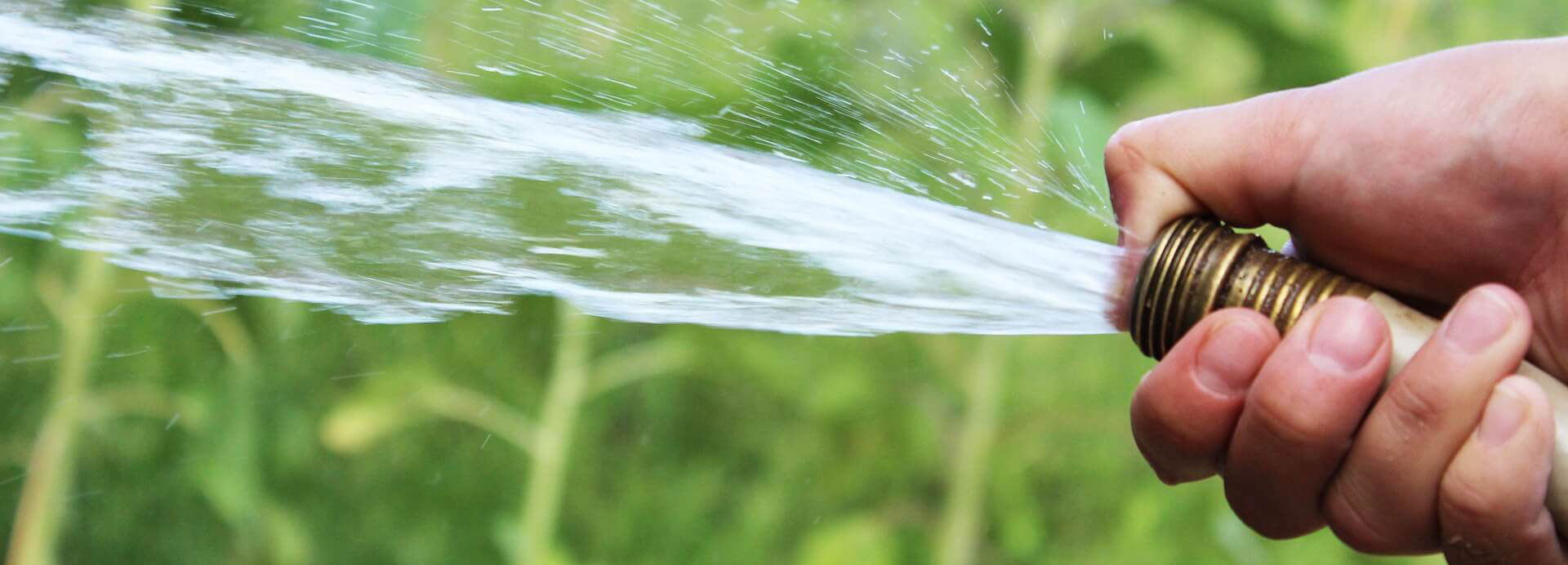
Self-priming garden pumps
Self-priming garden pumps are mainly used to transport water for garden irrigation. In addition to garden irrigation, they are also used for filling and emptying basins or storage tanks and for cleaning terraces and pavements. There are different models suitable for fixed installation or mobile use.
In addition to self-priming garden pumps, there are also rainwater pumps, well pumps or submersible pumps, which are used in the same area of application, but work as submersible pumps and not self-priming.
Self priming pump working
Normally self-priming garden pumps* use the jet principle, i.e. a relatively small impeller generates a strong current via nozzles, which then moves the water. The water is not transported mechanically but hydraulically. The advantage of this method of operation is that only a small impeller has to be moved, which leads to little mechanical friction and thus to low wear. Jet pumps are therefore very durable.
Centrifugal pumps can only pump water if the suction line and the pump are filled with water. An internal or external self-priming stage provides a remedy for this design. Without a self-priming stage, a segregation chamber is used, into which the water and the air bubbles are conveyed. The air escapes on the pressure side via a valve, while the water falls back and is again captured by the impeller. In this way, the suction line is constantly vented. However, this principle impairs the efficiency of the pump and also requires a large volume. It is therefore only used in small self-priming pumps, which include garden pumps.
Tips for self priming pump installation
The term “self-priming” is somewhat misleading, as it suggests that you only have to connect the pump and pump it loose. However, some water must be poured into the pump before use. An inlet is provided for this purpose.
For operation, the suction hose should be combined with a non-return valve. This prevents the water from flowing back and the pump from running empty, so that it has to be filled again with water via the inlet before it is switched on again.
The pump can also be emptied via a drain, e.g. to protect it from frost or to empty it for transport.
Criteria for a garden pump test
Weight
Especially if the pump is to be used mobile, the weight is decisive. Who likes to carry heavy objects through the area, especially if they are difficult to touch? This leads us to the next criterion.
Handling
How easy is the pump to operate? Is there a carrying handle for transport? Is the cable long enough and can it be easily stowed on the pump for transport? Are the hose connections easy to reach?
Performance
Is the specified suction height/flow rate reached? What electrical power does the pump take up to pump the water?
Suction height
Garden pumps must also be able to transport water from lower levels. The suction height indicates how great the depth may be. Normally this is 9m for garden pumps. If the intended use is for a greater suction height, a submersible pressure pump must be used.
Preventing height
When transporting water, the delivery head also plays a role. This results from the suction height plus the difference in height that the water has to travel to the final water withdrawal. This can be, for example, an additional 2m for the operation of a garden shower.
Areas of application of a self-priming garden pump
In the introduction some areas of application of a self-priming garden pump were mentioned. Basically, a garden pump can be used for irrigation and drainage in the garden.
The following water sources are possible:
- well
- cisterns
- brooks
- pond
- swimming pool
Fields of application of a garden pump:
- irrigation of flowers
- blasting the lawn
- cleaning of pavements and terraces
- operation of a mobile garden shower
Self priming pump manufacturers
With a garden pump the water supply in the garden is very comfortably possible. Whether for watering flowers, blowing up lawns or cleaning garden furniture, running water makes everything easier. In the following it goes around the test of garden pumps. This refers to self-priming mobile pumps with which water can be transported from ponds, streams, rainwater bins or wells. By garden pump one could understand also other types of pumps, e.g. Schwengelpumpen or pond pumps.
Einhell BG-GP 1355 N garden pump
This garden pump from Einhell is one of the most powerful with a delivery rate of 5500 l/h and a high suction power. To achieve this, five impellers arranged one behind the other are used, which also results in a power consumption of 1300 watts. The asynchronous motor used has overload protection. With the corrosion-resistant pump housing made of stainless steel, the pump is very durable.
The technical data of the pump:
- Power consumption: 1,300 Watt
- Max. flow rate: 5,500 l/h
- Pumping tube max.: 48 m
- Pressure connection: 1″ IG
- Suction connection: 1″ IG
- Water temperature: up to 35 °C
- Suction height max.: 8 m
Further equipment includes a carrying handle, a water drain plug, a water filler plug and an on/off switch.
GARDENA 6000/6 inox premium garden pump
The Gardena 6000/6* is equipped with a five-stage pump drive and achieves high performance. With a guaranteed 79 dB (A), the operating noise is very quiet for one pump.
Power consumption: 1300 Watt
- max. flow rate: 6000 l/h
- Pumping tube max.: 55 m
- Pressure connection:
- Suction connection:
- Water temperature:
- Suction height max.: 8 m
The operating mode is indicated by a bright LED. A safety shutdown deactivates the pump if necessary to avoid major damage. Ceramic seals and a double sealing system between motor and pump drive also ensure safe operation. The pump has an integrated pre-filter, a stainless steel housing and a double output for simultaneous operation of two connection devices. The water can be drained via a water drain screw before the pump is stowed or transported. The pump has an ergonomic carrying handle for transport. A large filling opening makes it easier to fill the pump before the first operation.
Einhell BG-GP 1140 N garden pump
The Einhell BG-GP 1140 N has a high suction power. A long service life results from the pump housing made of corrosion-resistant stainless steel and an overload protection for the asynchronous motor.
The technical data of the pump:
- Power consumption: 1100 Watt
- max. flow rate: 4000 l/h
- Pumping tube max.: 43 m
- Pressure connection: 1″ IG
- Suction connection: 1″ IG
- Water temperature: up to 35 °C
- Suction height max.: 8 m
The pump can be easily transported with a carrying handle. The water can be drained beforehand via a water drain plug. The pump must be filled via a water filler plug before the first operation.
T.I.P. 30094 garden pump Cleanjet 1000 PLUS (with kit)
The T.I.P. 30110* has a polished stainless steel pump casing. It uses the jet principle and the hydraulic unit is made of high quality Noryl. Thermal overload protection ensures operational safety.
The technical data of the pump:
- Power consumption: 800 Watt
- Delivery max.: 3300 l/h
- Pumping tube max.: 46 m
- Pressure connection: 1″ IG
- Suction connection: 1″ IG
- Water temperature: up to 35 °C
- Suction height max.: 9 m
- With a carrying handle and a metal base plate, the pump is well suited for mobile use on changing surfaces.
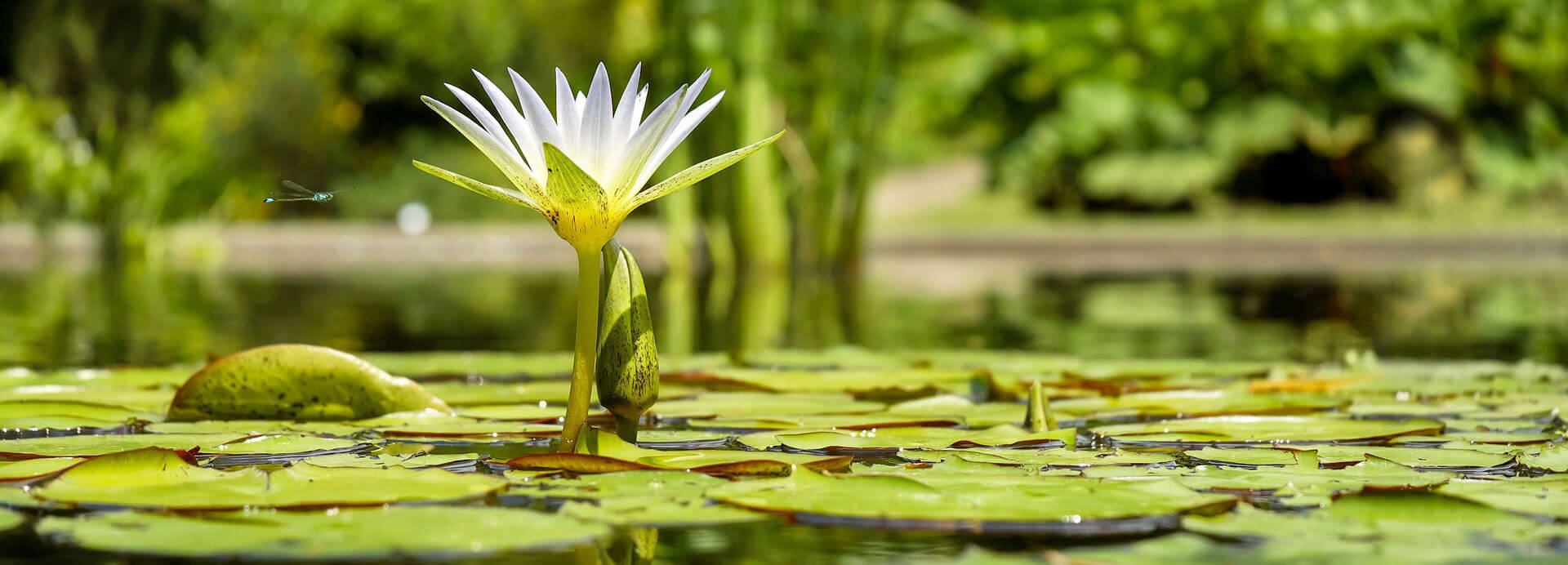
Pumps for garden ponds
If a pond is designed to be close to nature and sufficiently deep and large, it will function automatically over time: The plants keep the water clean and enrich it with oxygen. A biological equilibrium is established.
If the pond is not ideally laid out or if fish are to be kept in the pond, the pond filter and pond pump are indispensable. The pond pumps must always function 100%, so that high demands are made on the quality. Since they run around the clock, the power consumption should not be too high, so that the electricity costs do not increase immeasurably.
What is important?
- Does the flow rate of the pond pump match my filter system?
- Does the pump meet the required delivery head?
- Can the pond pump transport small dirt particles?
- What is the power consumption of the pond pump?
- Is the length of the power cable sufficient for the socket?
In addition to pond filter pumps, water play pumps are also used in ponds.
What is the pumping capacity of a pond pump?
The capacity of the pond pump* is selected so that it can circulate the water twice within 24 hours. For example: In a 12000 litre pond, the pond pump must circulate 24000 litres per day. This corresponds to a capacity of 1000 litres per hour.
The volume of water in the pond can be roughly estimated with a simple formula: Multiply length x width x greatest water depth and divide the result by two. Of course you can also read the water meter during the first filling and then get a more accurate result.
Where is the pond pump ideally placed?
The pond pump must not be placed in water that is too shallow, otherwise it could run dry. Even if the water is too deep, the location is not ideal, as the pump will easily get muddy there. The pump is therefore ideally placed in a water depth of 30 – 40 centimetres.
Pond pump buying guide
When selecting a pond pump, the characteristic curve of the pump must be observed. The delivery head is taken as the basis for determining the expected delivery rate. The delivery head is measured from the pond surface to the water outlet. This can be, for example, the filter inlet or the stream outlet. For this value, the flow rate is then read off in the characteristic curve. In this determination, power losses due to bends, bends and other obstructions are ignored.
Pump characteristics can be very different for different pumps. For example, there are gravity pumps that can pump a great deal of water with low energy consumption. However, only at low head, the loss of performance at increasing head is very large. The purpose of this type of pump is to transport pond water into a gravity filter over a few metres in height (approx. 50 cm).
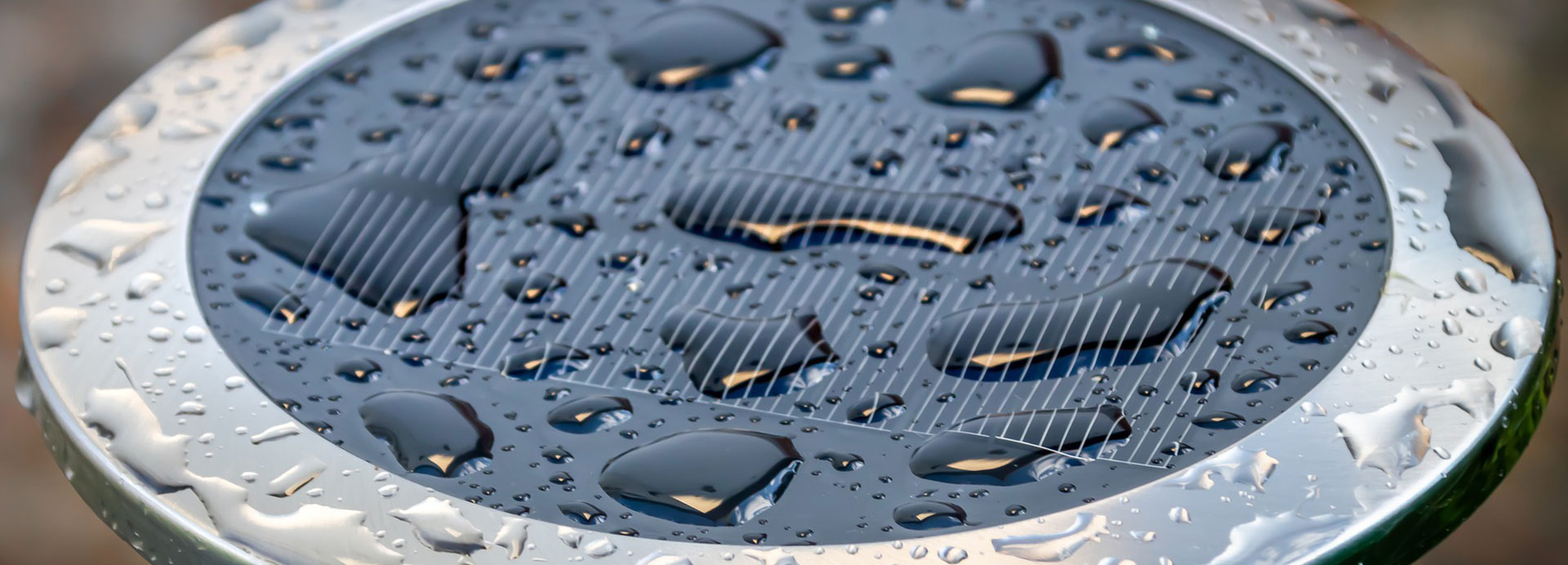
Solar pond pump
Renewable energies are becoming more and more important. Sun, wind or water generate electricity free of charge. Garden owners can also use this type of energy and save electricity costs in many applications. One possibility is solar-powered pond pumps.
Basically, a pond needs a water circulation that keeps the water circulation going and supplies the water with new oxygen. Solar-powered pumps that pump water during the day (when the sun is shining) are suitable for this purpose. Anyone who wants to operate a pond filter should switch to conventional pond pumps, which are supplied with energy via the power grid and thus have a secure supply.
How does a solar pond pump work?
A solar module converts solar energy into electrical energy, which is then used to operate the water pump. A submersible pump is usually used as a water pump, which is placed in the water, sucked in by the pump motor and then transported via the outlet.
If the sun is not shining, the pump of some solar pond pumps is driven by a rechargeable battery, which is recharged during sunshine. In addition, the solar pond pumps work even with low levels of sunlight.
Solar pond pump set
Most solar pond pumps are sold in a set* that includes the following items:
- Pond pump
- solar panel
- Earth spike for mounting the solar module
- connecting components
In addition, depending on the equipment, a battery, various riser pipes, sprinkler nozzles for water fountains, etc. can be supplied.
In a set, the two components pump and solar module are perfectly matched to each other and the solar module supplies the required energy for the water pump when suitably positioned and exposed to sunlight. The more power the pond pump needs, the larger the solar module must be. There are sets that achieve a delivery rate of over 1000l/h and thus enable elaborate water features or activate a proper watercourse.
If a rechargeable battery is included in the set, the pond pump can pump water even in darkness or bad weather. In all systems, the battery is recharged at the same time as the pond pump is running when the sun is shining and stores the electrical energy. If the energy supplied by the solar module is no longer sufficient to operate the water pump, the battery automatically switches on and supplies the water pump with electricity. Depending on the performance of the battery, the pump can still be supplied with energy for 2 to 4 hours.
Solar pond fountain / water games
A solar pump can be used very well as a fountain pump. The solar module needs only little power to produce a small water fountain, which is sufficient for most pond lovers. Who would like to spend a little more money, can also buy a set, which contains a more powerful solar module.
When selecting a pump for a fountain / water feature, the maximum fountain height is a criterion. This is selected according to the size of the pond.
The flow rate must also be taken into account. If you want an elaborate water feature with several fountains, you must choose a water pump with a larger flow rate (>1000l/h). For a small water fountain even small flow rates are sufficient.
Advantages of solar-powered pond pumps
Solar pond pumps are supplied with electricity by solar energy and after the purchase price you don’t have to dig into your pocket again and save the electricity costs for operation. With rising energy prices, this should not be underestimated and solar pond pumps pay for themselves after just a few years compared to conventional pond pumps by way of the electricity price that is eliminated.
A further advantage of solar pond pumps is that the solar panel can be installed directly next to the pond and thus no long power cables have to be laid from the house or garage to the pond. So you save yourself a garden socket. They also make water features and streams in remote pond landscapes possible.
Disadvantages of solar pond pumps
When it comes to solar energy, it should of course be anticipated that this can only be used if the sun is actually shining. So solar pond pumps do not work at night under any circumstances and if it is cloudy during the day, the light falling on the solar panels is usually not sufficient to drive the pump. This dependence on solar radiation is therefore the biggest disadvantage of solar pond pumps. Nevertheless, solar pond pumps are mostly used to drive water games and one would like to observe these mostly in the garden, if one is also there relaxed, which is mostly only the case with sunshine. Who uses a set with Akku, this disadvantage can bypass a little and the electrical energy intermediate store. So the pond pump can also be operated when the sun is not shining.
Solar pond pumps are somewhat more expensive to buy than pond pumps that only have a conventional power connection. On the other hand, electricity costs are saved during operation and the purchase of a pump with a solar module pays for itself after just a few years.

Water pump for garden stream and waterfall
The gentle ripple of a stream is a beautiful sound in the garden, which simultaneously exudes vitality and peace in the garden. A stream pump transports the water from the pond via a hose to the “source” of the stream and over it it flows back into the pond.
When choosing a pump for a stream, one should bear in mind the height that must be overcome from the location of the pump to the source of the stream. This height must be lower than the maximum delivery height of the solar creek pump.
Another factor is the flow rate. This should be so large that a good amount of water flows in the stream and fills it well, so that it really splashes and rushes.
Solar water circulation pump for garden
A stream pump is used to circulate water in an artificially created stream or waterfall. In addition, it can be used to operate a filter system to clean the pond water. The pump requires electrical energy for operation.
A watercourse pump, which is operated with solar energy, offers some advantages over a watercourse pump, which is connected to the power supply of the house. First of all, you do not need a connection to the house network, so there is no cable from the pond to the house and the pump is not connected to an external socket. The independence from the house network also ensures that the pump can be operated in remote locations in the garden or in an allotment garden where there is no power supply.
Another advantage is the cost. Although a solar brook running pump costs more than one to connect to the electricity grid, there are no electricity costs for operation because the free solar energy is used.
However, the disadvantages are that the pump only works in sunlight. There are models with integrated accumulator, which can bridge a cloudy sky for a time with stored energy. However, a solar run-of-river pump will not enable continuous operation and is therefore not suitable as an exclusive measure for enriching a garden pond with oxygen or a continuous operation of a filter system (the material cycle is better regulated by sufficient planting of the pond). However, if you want to use the solar watercourse pump to hear a little splashing in the background when relaxing in the garden (which usually happens in sunlight), you can use a solar-powered watercourse pump.
What is important?
When choosing a pump for a stream, one should bear in mind the height that must be overcome from the location of the pump to the source of the stream. This height must be lower than the maximum delivery height of the solar creek pump.
Another factor is the flow rate. This should be so large that a good amount of water flows in the stream and fills it well, so that it really splashes and rushes.
In addition to solar-powered stream pumps, there are also solar-powered fountain pumps for a garden pond.
What is a water pump?
A water pump is a device for transporting water. The purpose can be irrigation or drainage or the water can be used to operate a device (e.g. fountain...
Pumps for garden – a complete guide
Watering and irrigating plants in the garden is essential. Lawns, vegetables and flowers must be watered regularly if they are to thrive well. As a si...
Domestic Water pump
A domestic waterworks serves water for buildings that are not connected to the public water supply. It supplies the residents with industrial and drin...








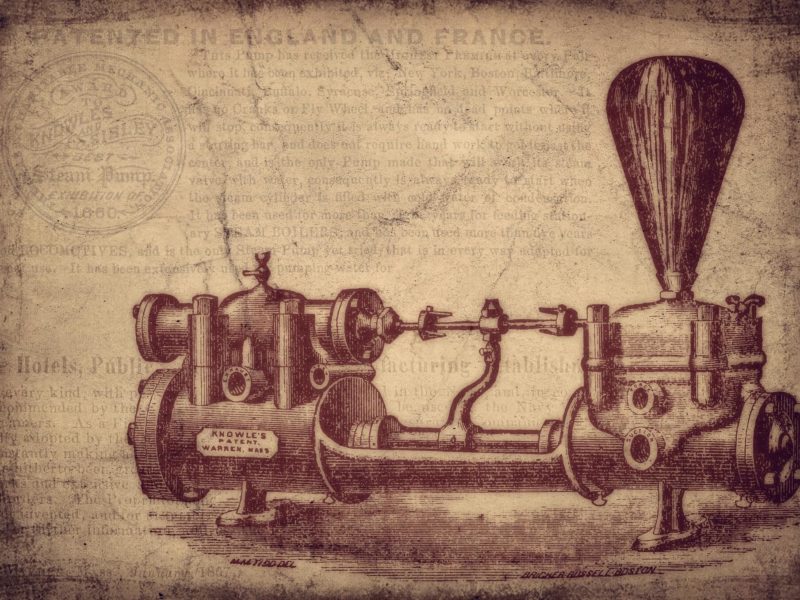
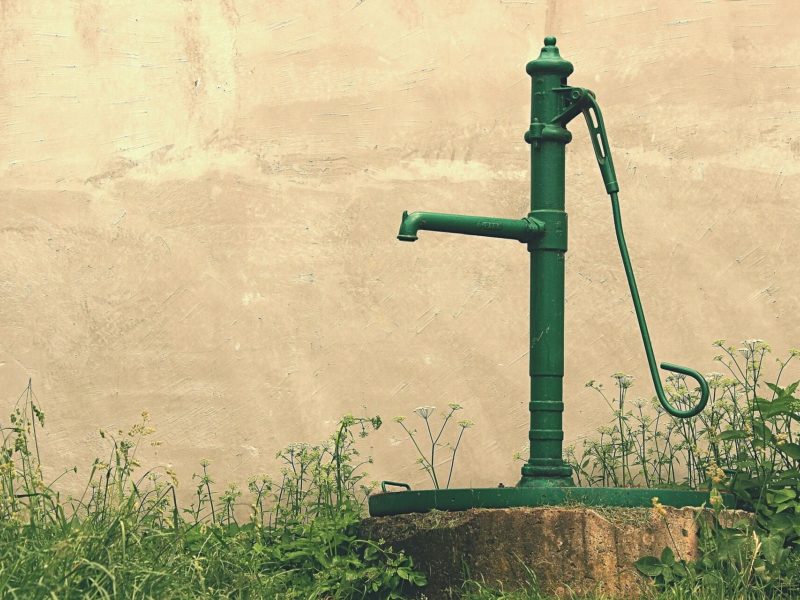
Pingback:The best electric water pump controller - Water Gadgets
Posted at 16:32h, 08 July[…] water pressure, level or temperature. If these reach a certain value, they put the pump of the domestic waterworks on stand-by. The control unit is mounted on the pump and serves as an interface between water […]